Shingle Spring for birdwatching
Caliente Field Office BLM
Location: Shingle Spring and corralI decided to head over to Wayne E. Kirch Wildlife Management Area, which my Ely District recreation opportunities map indicated had wildlife viewing, but was less optimistic about hiking. The wildlife viewing is primarily the birds that come to rest on the reservoirs, but also the birds that come to the other environments near the reservoirs because water is nearby. Well, I had a reservoir in miniature right where I was in the form of Shingle Spring. I would "practice birdwatching". I actually spent most of the day writing, but I popped over at a few times to see who was flying by.

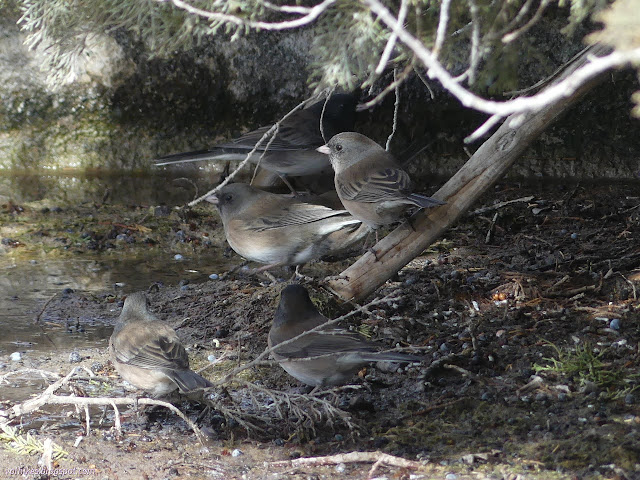
The first birds back to the spring after I scared them off are the really common ones that I'm sure have been scooting around all the juniper trees. Ward Mountain was particularly full of them. Well, I think they were the ones. I really should make a bigger effort to get some of these little birds in pictures.
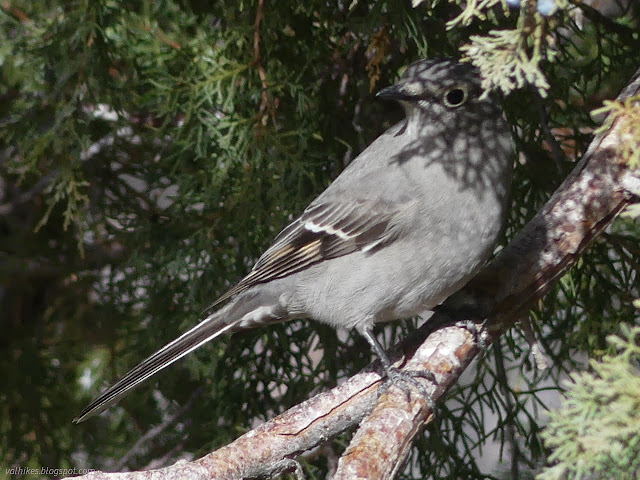
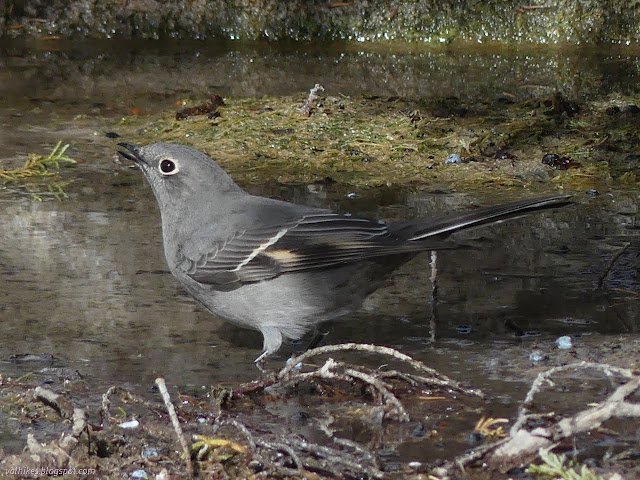
The spring itself has been turned into a waterer for cows, but the area evidence for cows is all quite old. The pool is a large concrete pad with a tall metal rim. A dribbling pipe supplies the water very slowly. It's so slow that I'm not sure if the low water level is due to leaking or evaporation. Probably leaking since it is more than a drip. A large juniper spreads over maybe a quarter of the area adding its organic matter to the basin. Pond scum and mud fill in much of the rest. It's not a pretty sight, but it still holds that most precious desert substance: water. That makes it extra pretty to the birds.
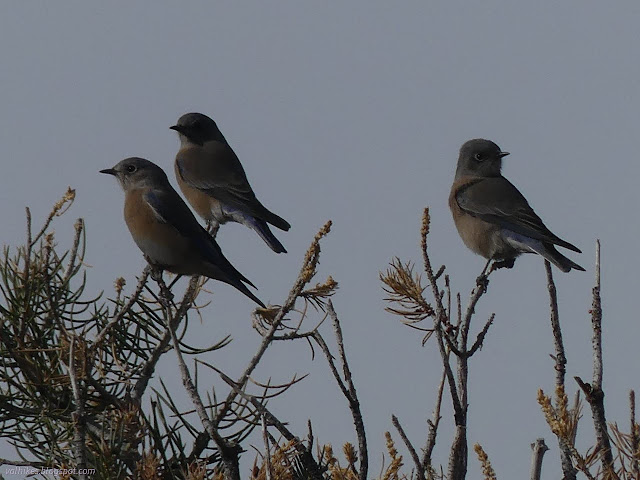
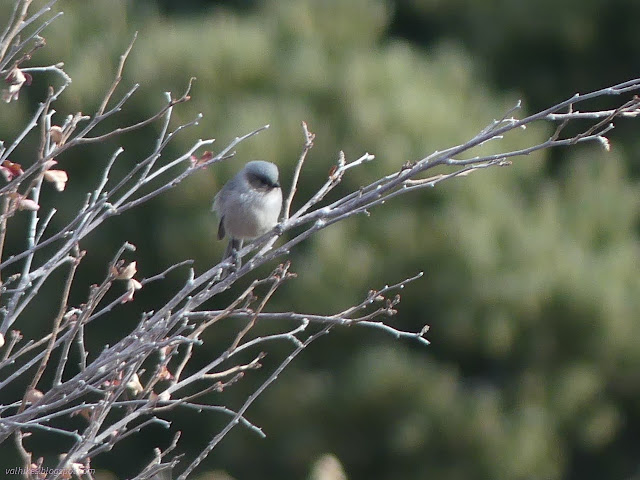
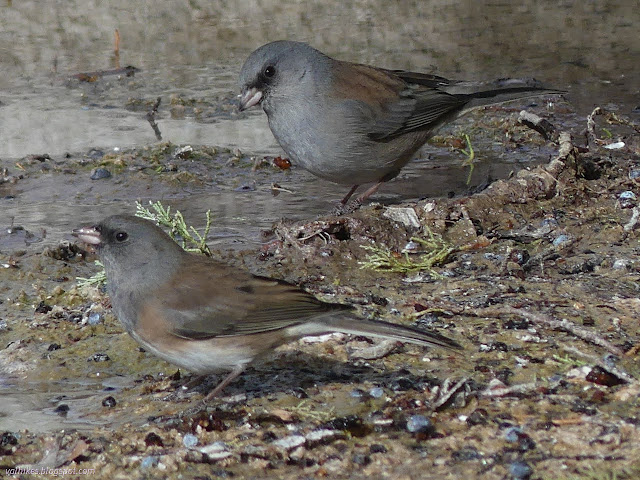
I started trying to catch the birds in flight, with varying results. Take enough pictures and one might come out nice! It's only electrons you're wasting! (And they come off a solar collector that doesn't know what to do with most its electrons.)
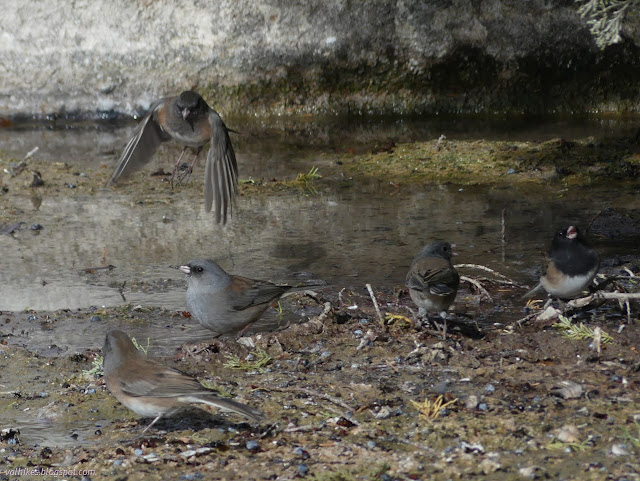
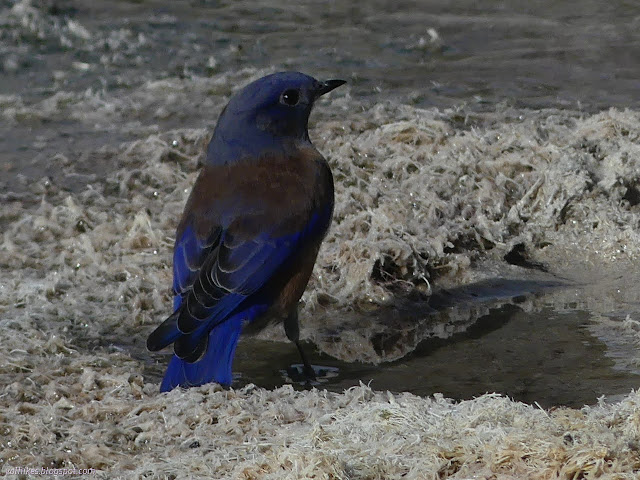
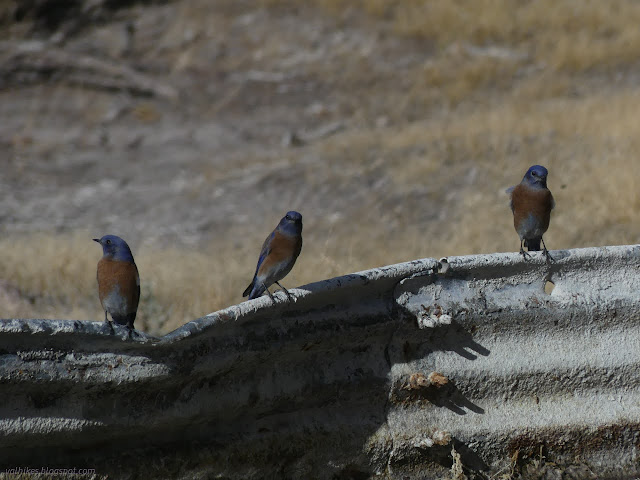

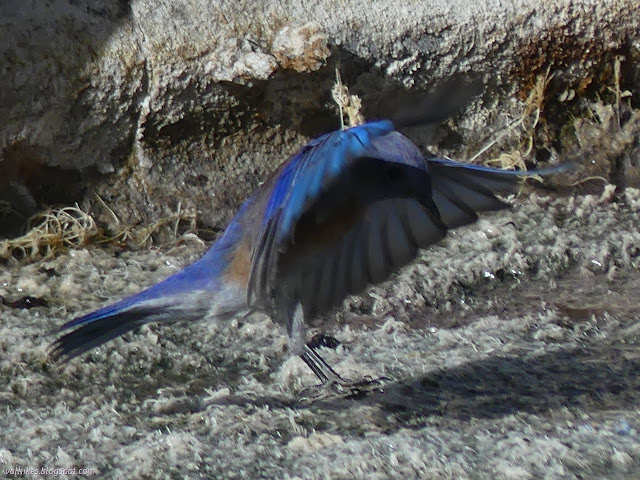
I managed to stick around for half an hour on the first round in the middle of morning. I wandered back over in the middle of the afternoon to see what might have come around.
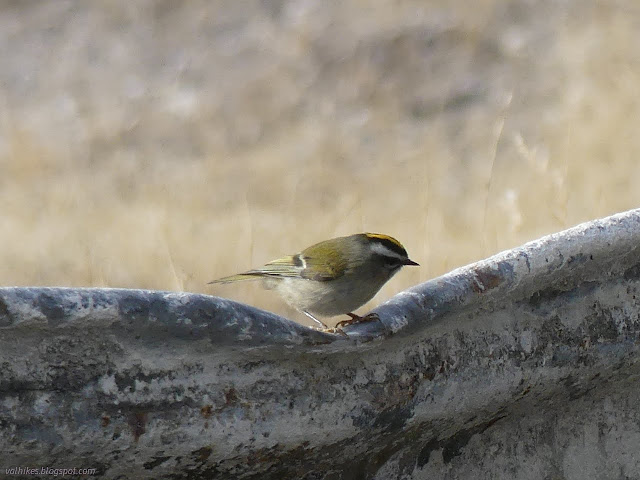

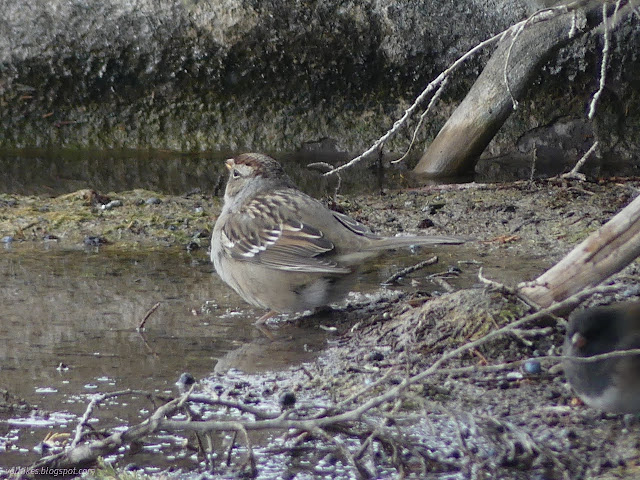
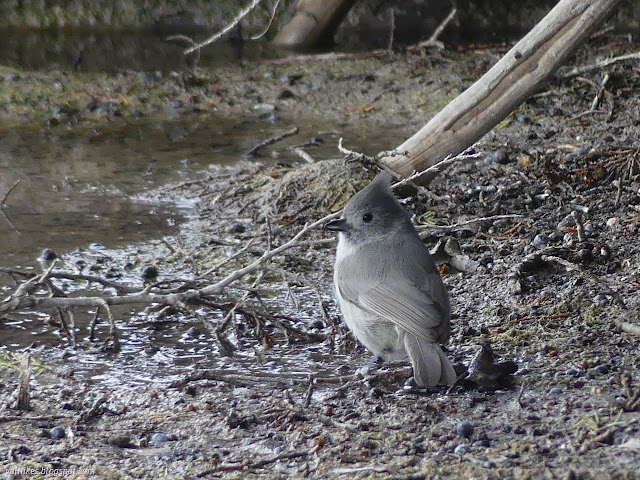
That was another 10 minutes at the pool, which was about all I had in me. It would probably be better if I knew the birds better. It's hard to keep track of if one has gotten photographed when it's sparrow #1, sparrow #2 probably house, not a sparrow... (not that any of them were house sparrows and most not sparrows at all.) Was I ready for photographing mounds of ducks on reservoirs for getting a few little birds at the spring? Probably not.
If you click a bird name, it'll go to the iNaturalist page where it is identified. From there, much information on that sort of bird is available. Hover over the link for the scientific name.
*photo album*
©2023,2024 Valerie Norton
Written 11 Jan 2024
Liked this? Interesting? Click the three bars at the top left for the menu to read more or subscribe!
 Location:
Location: 



Comments